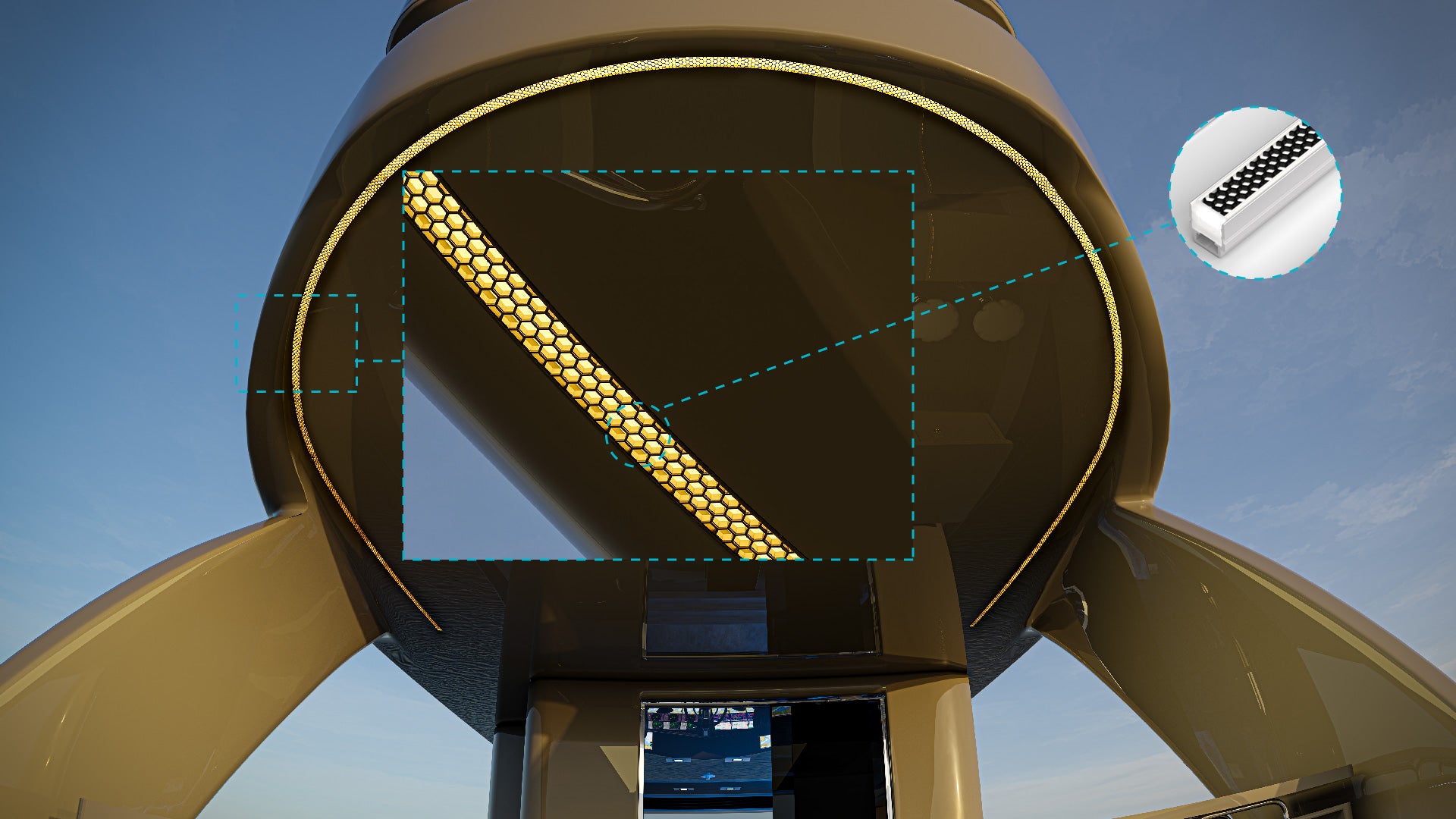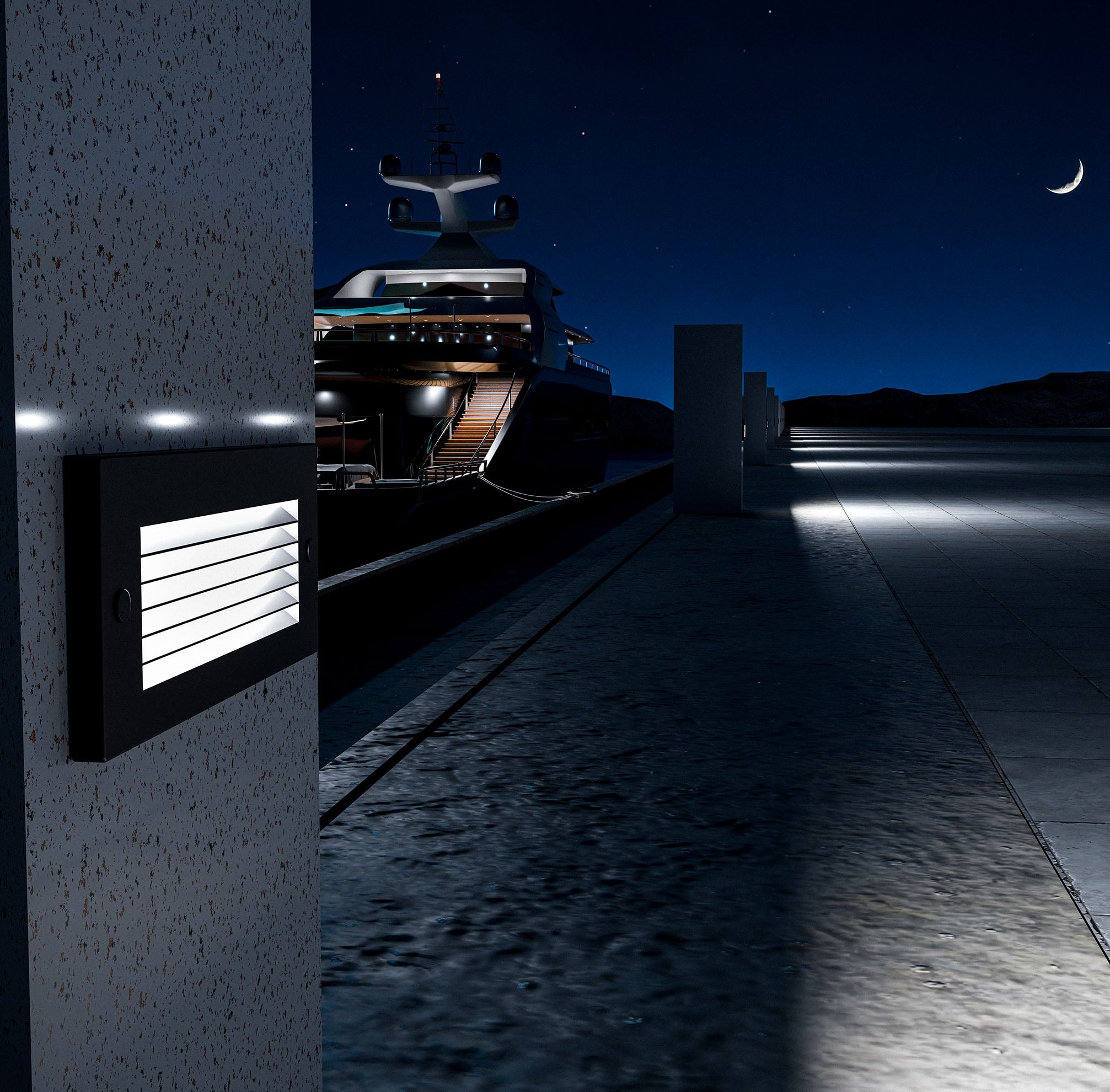The marine industry has always relied heavily on effective lighting solutions for navigation, safety, and operational efficiency. From the earliest days of sea travel, proper lighting has been crucial for preventing accidents, ensuring the safety of crew and passengers, and facilitating various marine activities. The advent of LED (Light Emitting Diode) technology marked a significant milestone in the evolution of marine lighting, offering numerous advantages over traditional lighting solutions. This blog will explore the journey of marine LED lighting from its early beginnings to its current state and future prospects.
1. The Past: Early Marine Lighting Solutions
Traditional Marine Lighting Solutions
Before the advent of LED technology, marine lighting primarily relied on incandescent and halogen bulbs. These traditional lighting solutions, while effective in their time, had several limitations:
- Incandescent Bulbs: Known for their warm light, incandescent bulbs were widely used but were inefficient, consuming a lot of energy and generating excessive heat.
- Halogen Bulbs: An improvement over incandescent bulbs, halogens offered better efficiency and brightness but still fell short in terms of energy consumption and lifespan.
Initial Challenges and Requirements
The marine environment presents unique challenges for lighting solutions, including exposure to harsh weather conditions, saltwater corrosion, and the need for high durability. Traditional lighting solutions often struggled to meet these demands, leading to frequent replacements and high maintenance costs.
Introduction of LED Technology
LED technology began to emerge as a viable lighting solution in the late 20th century. Initially, LEDs were met with skepticism due to their high upfront costs and limited applications. However, the potential benefits, such as energy efficiency, longer lifespan, and durability, started to attract attention. Early adopters in the marine industry began experimenting with LEDs for specific applications, paving the way for broader acceptance.
2. The Present: Advancements and Current Trends in Marine LED Lighting
Technological Advancements
Over the past few decades, LED technology has undergone significant advancements, making it the preferred choice for marine lighting. Key improvements include:
- Increased Efficiency and Durability: Modern LEDs are highly energy-efficient, consuming up to 80% less power than traditional bulbs. They are also built to withstand harsh marine conditions, offering greater durability and longevity.
- Improved Color Rendering and Brightness: Advances in LED technology have led to better color rendering capabilities, allowing for more natural and vibrant lighting. Additionally, LEDs can produce brighter light with less power, enhancing visibility and safety on board.
Current Applications and Benefits
The current use of LED lighting in the marine industry spans various applications, each offering distinct advantages:
- Enhanced Safety and Visibility: LEDs provide consistent and reliable illumination, crucial for navigation and operational safety. Their ability to produce bright and clear light helps prevent accidents and ensures better visibility in critical areas.
- Energy Efficiency and Cost Savings: The reduced energy consumption of LEDs translates to lower operational costs. Marine vessels benefit from extended battery life and reduced fuel consumption, leading to significant cost savings over time.
- Environmental Benefits: LEDs are eco-friendly, producing less carbon emissions compared to traditional lighting. Their long lifespan reduces waste, aligning with the marine industry's push towards sustainability.
Real-World Examples
Numerous marine vessels have successfully integrated LED lighting solutions, showcasing their effectiveness. For instance:
- Commercial Ships: Large cargo ships have adopted LED floodlights for better deck illumination, improving night-time operations.
- Recreational Boats: Yachts and smaller boats use LED accent lighting to enhance aesthetic appeal while ensuring functional lighting.
- Offshore Platforms: LED lights are used on offshore oil rigs and platforms to provide reliable and durable illumination in extreme conditions.
3. The Future: Innovations and Emerging Trends in Marine LED Lighting
Upcoming Technological Innovations
The future of marine LED lighting promises exciting developments, driven by continuous innovation:
- Smart Lighting Systems: Integration with IoT (Internet of Things) is set to revolutionize marine lighting. Smart LED systems can be controlled remotely, allowing for automated adjustments based on environmental conditions and operational needs.
- Advanced Materials and Designs: Research into new materials and designs aims to enhance the performance and efficiency of LEDs. This includes improved heat dissipation techniques and more robust housing to withstand marine conditions.
- Enhanced Customization and Control: Future LED solutions will offer greater customization, allowing users to adjust color temperatures, brightness levels, and lighting patterns to suit specific requirements.
Predicted Trends and Impact
Several trends are expected to shape the future of marine LED lighting:
- Sustainable and Eco-Friendly Solutions: As the marine industry continues to prioritize sustainability, the demand for energy-efficient and environmentally friendly lighting solutions will grow. LEDs will play a crucial role in reducing the industry's carbon footprint.
- Evolving Regulations and Standards: Regulatory bodies are likely to introduce stricter standards for marine lighting, focusing on efficiency, safety, and environmental impact. This will drive further innovation and adoption of advanced LED solutions.
- New Applications and Use Cases: The versatility of LEDs will lead to new applications in the marine sector, such as underwater lighting for marine research and exploration, or dynamic lighting systems for enhanced onboard experiences.
Expert Insights and Industry Forecasts
Industry experts predict a bright future for marine LED lighting. According to market forecasts, the global marine LED lighting market is expected to grow significantly over the next decade, driven by technological advancements and increasing demand for sustainable solutions.
The evolution of marine LED lighting is a testament to the transformative power of technology. From the early days of incandescent and halogen bulbs to the advanced LED systems of today, marine lighting has come a long way. The future holds even greater promise, with innovations set to further enhance efficiency, sustainability, and functionality. As the marine industry continues to evolve, embracing these advancements will be crucial for maintaining safety, reducing environmental impact, and improving operational efficiency.
At K2 Lighting, we are committed to driving innovation in marine LED lighting. Explore our range of cutting-edge LED solutions designed to meet the unique needs of the marine industry. Stay updated with the latest trends and advancements by subscribing to our blog. For inquiries and further assistance, contact us today and let us help you navigate the future of marine lighting.





